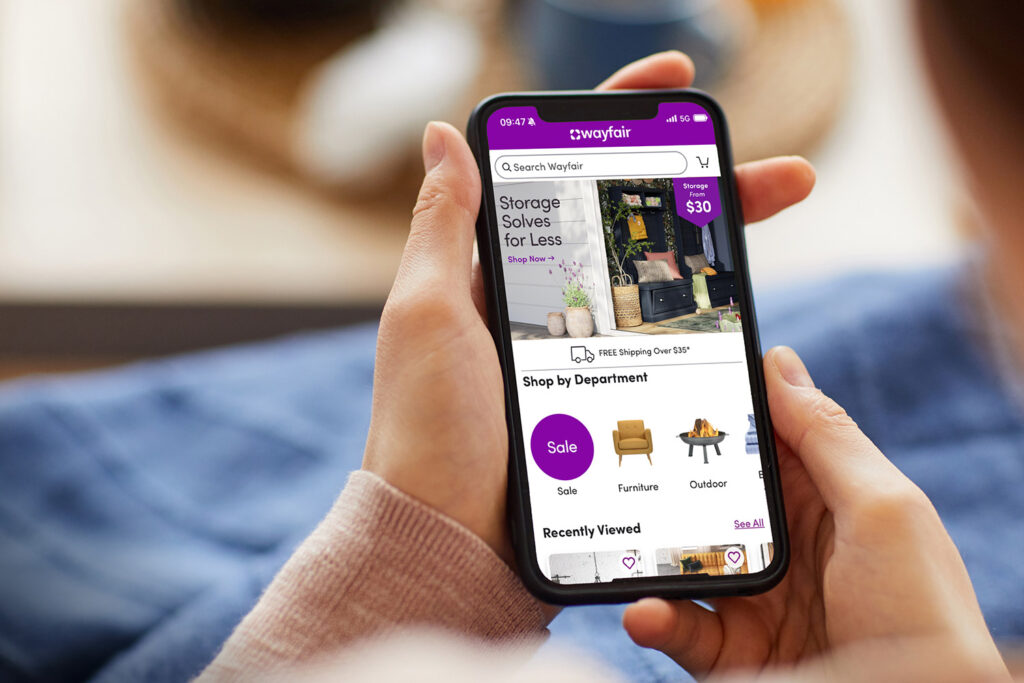A traditional budget is one of the most well-established types of personal budgets. In fact, you may already be doing a form of it now without even knowing it. However, implementing a true traditional budget requires you to stay organized and take a critical look at your spending habits. By doing this you’ll be able to get out of debt, control spending, and save money.
Top Debt Relief Options
What Is a Traditional Budget?
A traditional budget simply means calculating and keeping track of your monthly spending by reviewing the difference between your income and expenses. Using a traditional budget will account for every dollar in and every dollar out, allowing you to examine trends and see where you can improve.
Who Is a Traditional Budget Best For?
This type of budget is best for those who are detail-oriented and like to stay organized with lists and goals. It also works best for those who have a fixed income and know exactly how much they’ll make each month. If your income fluctuates from one month to the next or one year to the next, it can make it harder to use a traditional budget.
Pros
- Allows you to look at every dollar in and out
- Is great for highly organized people
- Many online tools are available to help you organize
Cons
- Takes a good amount of work to set up and maintain
- Not ideal for those who don’t have a predictable income
How To Make a Traditional Budget

To create a traditional budget, begin by organizing your financial details to track and manage your spending. Here are the steps to get you started:
- Calculate Your True Monthly Income
- Analyze Your Spending Habits
- Calculate Your Bottom Line
- Set Spending Goals Based on Your Findings
- Evaluate
Step 1: Calculate your true monthly income
Start by determining how much money you’re earning each month. The easiest way to do this is by reviewing past pay stubs to see what your take-home pay is each month. Take-home pay is the money you’re left with after taxes and withholdings are deducted. If you make different amounts each paycheck, use the past 6-12 months to get a monthly average.
It’s also important to factor in any other sources of income you have, such as:
- Tips and gratuity
- Payouts from investments
- Side hustles or part-time work
- Bonuses
- Tax refunds
- Government benefits
Step 2: Analyze your spending habits
The next step is to take a detailed accounting of your regular spending habits and this requires you to review at least the last six months of expenses, though some people like to go back an entire year. You can most easily do this by looking at bank and credit card statements which will show you everything you’ve spent money on. If you frequently use cash, you may need to review receipts or just take your best guess at how much you’ve spent and on what.
It’s important to look back at least six months so you can average out expenses that don’t occur every month or fixed expenses that fluctuate (like your heating and cooling bill). Other expenses like car or health insurance that may only be paid annually or biannually will need to be included to get an accurate picture of your finances. For example, if you pay your car insurance once a year, take this amount and divide by 12 to see how much you’d be paying monthly.
The goal is to get a reliable average for the money you spend each month and know what you’re spending it on. To do this, you’ll need to make categories of your fixed and variable expenses. This will differ for everyone, but you can use the suggestions below to figure out what works for you:
Fixed expenses (spending that’s the same each month):
- Rent or mortgage
- Utilities (average these out since they can fluctuate with the seasons)
- Cell phone
- Car payments
- Student loan payments
- Child care
- Insurance
Variable expenses (spending that fluctuates each month):
- Groceries
- Gas and automotive
- Subscription services (music or TV streaming services, magazines, news feeds, software, etc.)
- Entertainment
- Dining out
- Clothing
- Gifts
- Travel
- Personal care
- Savings and Investments
- Miscellaneous
Examine what you buy and put everything into a category. For instance, if you regularly buy a cup of coffee on your way to work, even this little amount really adds up over time and it should be included as a regular expense. On the other hand, if you only treat yourself to a latte once or twice a month, this can just be included with another category like “dining out.”
Step 3: Calculate your bottom line

Now for some simple math: Subtract your monthly spending from your monthly income. If you have money left over this is great, but you can still benefit from budgeting. If you’re spending more than you make, you need to take an honest look at how much you’re spending in each category and decide where you can make changes.
Step 4: Set spending goals based on your findings
Now you want to set a monthly dollar amount for each spending category using the data you collected. These amounts should be both realistic and aspirational.
For instance, if you spend an average of $500 a month on groceries, it wouldn’t be realistic to set a new budget of $300. However, if you’ve been overspending on dining out at $300 a month, it would make sense to reduce this to $150.
Step 5: Evaluate
Now that you have a clear idea of your expenses and goals, start spending while trying to stay within your budget. At the end of each month, add everything up to see how you did. If you go over in one or two categories, look for opportunities to make adjustments. Next month, try to be more conscientious about staying within your limit.
Traditional Budget Example
For this example, we’ll use a take-home pay of $3,800 per month.
Fixed expenses
- Mortgage: $1,500
- Car payment: $260
- Student loan payment: $250
- Insurance: $120
- Utilities: $300
TOTAL = $2,430 which leaves you with $1,370 each month for variable expenses
Variable expenses
- Groceries: $500
- Gas and automotive: $130
- Subscription services: $20
- Entertainment: $150
- Dining out: $220
- Clothing: $100
- Personal care: $50
- Savings and Investments: $100
TOTAL = $1,270 which leaves $100 leftover

How Does Traditional Budgeting Compare?
| Type of Personal Budget | Description |
|---|---|
| Traditional Budget | Subtracts monthly expenses from income, ideal for beginners. |
| 50/30/20 Budget | Divides income into 50% for needs, 30% for wants, and 20% for savings/debt. |
| Zero-Based Budget | Allocates every dollar of income to specific categories until it equals zero. |
| Goal-Based Budget | Focuses on specific financial goals with some flexibility. |
| Spending Cap Budget | Sets a maximum cap on monthly spending to encourage savings. |
| Envelope System Budget | Uses physical cash in envelopes for different spending categories. |
| Pay Yourself First Budget | Prioritizes savings by setting aside money for savings first. |
| Sub-Savings Accounts Budget | Creates detailed savings goals within a primary savings account. |
| Anti-Budget Budget | A relaxed approach: save first, pay bills, and spend the rest freely. |
Does a Traditional Budget Really Work?
The basic tools used in a traditional budget work to accurately evaluate your spending habits and help you learn how to spend less money. Although there’s a lot of up-front work to calculate your income and average spending, once fully implemented it can be an incredibly useful personal finance tool.
Are there apps or digital tools I can use with a traditional budget?
Yes, many people use spreadsheets or one of the best budgeting apps like Rocket Money. Alternatively, many online banking platforms have built-in tools that can help you categorize and track your spending.
What should I do with leftover money at the end of the month?
This depends on your needs and goals. If you have debt you’d like to pay down faster, you can always put extra money toward this. Or, you can consider your short- and long-term goals. Short-term goals might be saving for a vacation or a new car, while long-term goals could be saving for a home or putting money away for retirement.
How can I make a traditional budget easier to use?
The best way to do this is to eliminate cash spending and only use credit and debit cards to make purchases. This way, you have an easy way to track your spending without having to input any additional information. Plus, many budgeting apps can connect directly to your bank account and automatically access this information.






